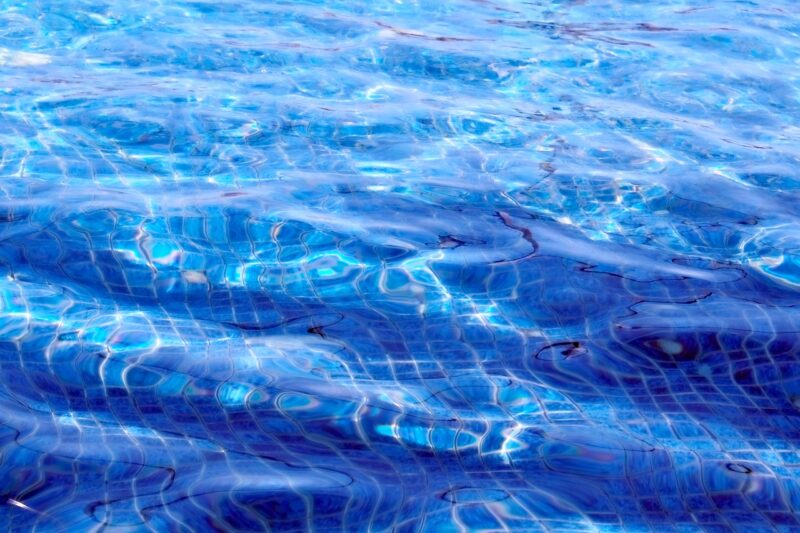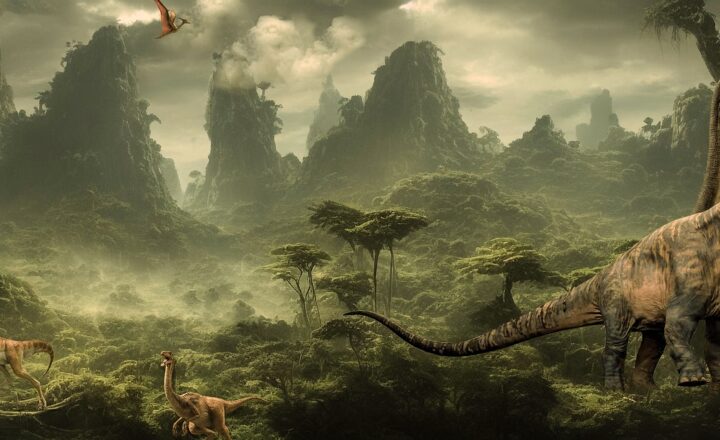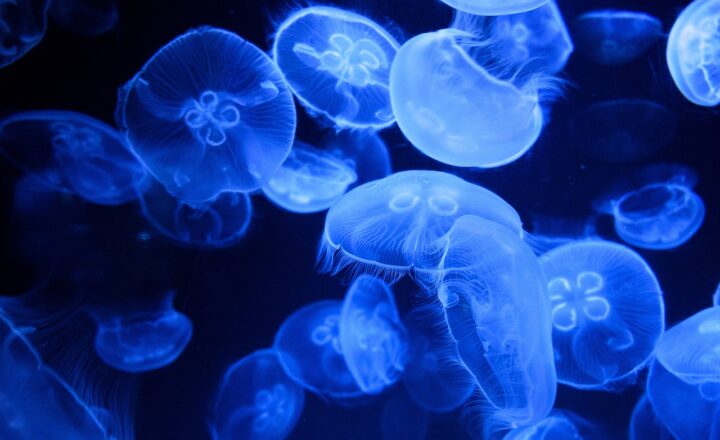Marine Dinosaurs and Other Ancient Sea Giants That Ruled the Oceans
November 14, 2024

The oceans of our planet have always been a source of mystery and adventure, hosting a myriad of unique and fascinating creatures. Among them, marine dinosaurs and colossal sea giants have captured the imagination of scientists and enthusiasts alike. In this article, we will delve deep into the world of these ancient sea dwellers, uncovering their characteristics, lifestyles, and the ecosystems they thrived in.
1. Understanding Marine Dinosaurs
The term ‘marine dinosaurs’ can be misleading, as not all large marine reptiles that lived alongside dinosaurs are considered true dinosaurs. However, many of these creatures co-existed with dinosaurs and are often lumped into this category due to their size and dominance in the seas during the Mesozoic era.
Among these fascinating creatures, several groups stand out:
- Plesiosaurs: Known for their long necks and large bodies, plesiosaurs were a group of marine reptiles that thrived in the oceans from the Late Triassic to the Late Cretaceous period. Some species, such as Elasmosaurus, boasted necks over 25 feet long, allowing them to reach prey with ease.
- Mosasaurs: These formidable predators, resembling modern-day monitor lizards, were apex predators that roamed the seas. Mosasaurs grew to astonishing lengths, with some, like Mosasaurus hoffmanni, exceeding 50 feet. They had elongated bodies, powerful jaws, and a predatory lifestyle that made them kings of the ocean.
- Ichthyosaurs: These dolphin-like reptiles were well adapted to life in the water, with streamlined bodies and large, powerful tails for swift swimming. Ichthyosaurs lived during the Triassic to the Late Cretaceous periods and were notable for giving birth to live young, a remarkable adaptation for the time.
2. Exploring the Ecosystems of Ancient Seas
The marine dinosaurs and reptiles ruled vast oceans teeming with life. The Mesozoic Era was a time of great diversity in marine ecosystems, with plenty of food resources. Let’s take a closer look at these ancient oceanic environments:
- Coral Reefs: Coral reefs began to flourish during the Triassic period, providing shelter and food for numerous marine species. These vibrant ecosystems supported a variety of creatures, offering essential habitats for young marine reptiles and feeding grounds for adults.
- Schools of Fish: The oceans during the Mesozoic era were rich with fish, and marine reptiles had a cornucopia of prey to hunt. Large schools of fish thrived in the waters, their migrations contributing to the dynamic marine food web.
- Jellyfish Blooms: Large blooms of jellyfish were also present, serving as a food source for lesser-known marine reptiles. This ancient gelatinous life form adapted over millennia, providing nutrients and energy across the food chains of the ocean.
3. The Evolution of Marine Reptiles
Marine reptiles evolved from land-dwelling ancestors, showcasing a fascinating example of natural adaptation. Here are some key evolutionary milestones:
- Adaptation to Aquatic Life: Over millions of years, these reptiles developed characteristics suited for life in water. This involved changes in their body structure, including streamlined shapes and specialized limbs that evolved into flippers.
- Respiratory Adaptations: Unlike fish, marine reptiles needed to breathe air. Many, like ichthyosaurs, adapted to have large lungs, allowing them to hold their breath for extended periods while diving to hunt for food.
- Thermoregulation: These animals often exhibited traits similar to endothermic animals, which allowed them to regulate their body temperatures efficiently while swimming in varied marine environments.
4. The Extinction of Marine Dinosaurs and Reptiles
Despite their reign, marine reptiles faced extinction around 65 million years ago, coinciding with the Cretaceous-Paleogene (K-Pg) extinction event. This mass extinction was caused by a combination of factors, including:
- Asteroid Impact: The widely accepted theory is that a massive asteroid struck the Yucatán Peninsula, creating the Chicxulub crater. The impact caused massive climate changes, affecting the food chain and habitat availability for marine life.
- Volcanic Activity: Increased volcanic activity released vast amounts of sulfur and ash into the atmosphere, further altering climate and oceanic ecosystems. This created a hostile environment for marine reptiles, leading to their decline.
- Competition from New Species: The rise of early mammals and other marine organisms created competition for food resources, further threatening the survival of these ancient creatures.
As these factors converged, marine reptiles were unable to adapt quickly enough, leading to their extinction during the K-Pg event.
5. Legacy of Marine Dinosaurs and Their Modern Relatives
The extinction of marine reptiles paved the way for new species to dominate the oceans, but these ancient creatures still leave behind a legacy seen in modern marine life today. Some of their descendants include:
- Sea Turtles: These reptiles share a common ancestry with ancient marine reptiles, showcasing adaptations like streamlined bodies, powerful flippers, and a life spent mostly in water. Turtle species today can trace their lineage back to the ancient seas dominated by their prehistoric relatives.
- Dolphins and Whales: The evolution from land mammals to modern cetaceans demonstrates a significant evolutionary transformation that echoes some adaptive traits of marine reptiles in the past.
- Modern Fish Species: Many of today’s fish species evolved from the ancient schools of fish that thrived during the dominance of marine reptiles, benefiting from the diversity and adaptations of past marine predators.
Despite their extinction, the influence of marine dinosaurs and other ancient sea giants remains woven into the tapestry of marine biology today, helping us understand the complex history of life on Earth.
Conclusion
The story of marine dinosaurs and ancient sea giants is one of dominance, adaptation, and eventual extinction. These majestic creatures ruled the oceans for millions of years, showcasing the incredible power of evolution and environmental adaptation. While they may no longer roam the seas, their legacy endures, reminding us that the oceans are a dynamic and ever-changing world. Exploring the history of these ancient marine reptiles not only enriches our understanding of the past but also highlights the importance of preserving the biodiversity of our oceans today, ensuring future generations can learn from and be inspired by the wonders of our planet’s aquatic realms.







